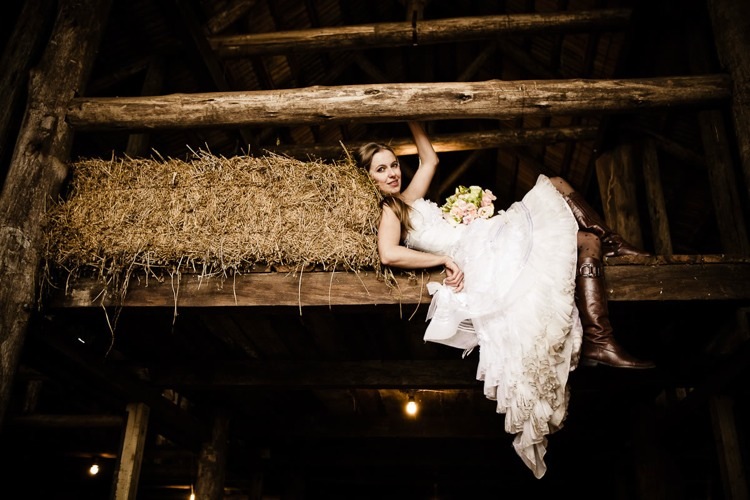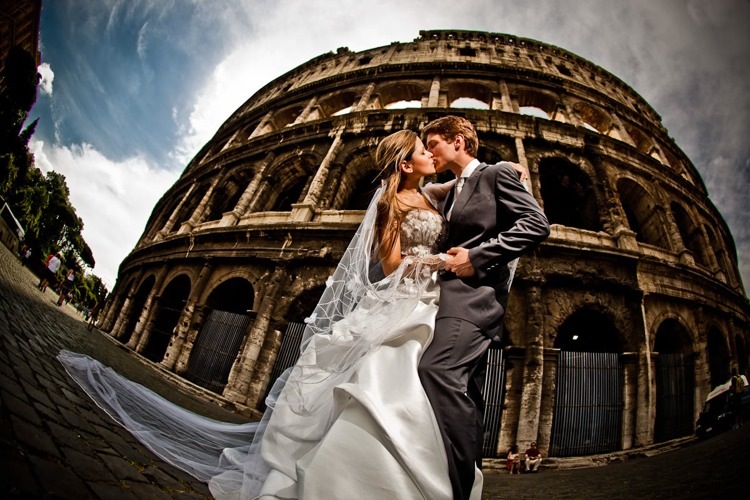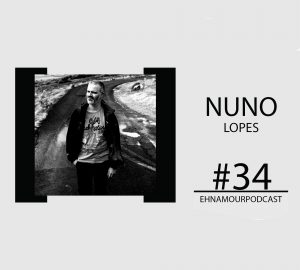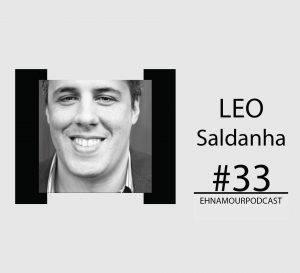Hello Arlindo, it is a pleasure to be in your blog. Thanks for the interview invitation.
I was graduated in Electrical Engineering, but pretty much worked the whole life with Information Technology. I started in photography in 2004 after I moved from São Paulo capital (where I had an internet company) to Florianopolis. I started with a 360 degree photography project, but 11 years ago this kind of photography did not worked well enough as a business. Then I started shooting advertising and then fashion. Already I started in the digital system and adopted the Canon brand ever since. A little later, in 2005 I photographed my first marriage and I never stopped.
Olá Arlindo, é um prazer participar de seu blog. Obrigado pelo convite da entrevista.
Tenho Engenharia Elétrica como formação, mas praticamente trabalhei a vida toda com Tecnologia da Informação. Iniciei na fotografia em 2004, após me mudar de São Paulo, capital (onde eu tinha uma empresa de internet) para Florianópolis. Iniciei com fotografia 360 graus, mas a 11 anos atras, este tipo de fotografia não tinha demanda. Comecei a fotografar publicidade e em seguida moda. Já iniciei no sistema digital e adotei a marca Canon desde então. Um pouco mais adiante, em 2005 fotografei meu primeiro casamento e não parei mais.
(English)
Anderson, you are the first X Brazilian Photographer that I interview. Tell us about your history with Fujifilm, and how was his move to mirrorless.
I had my first contact with the X100 in 2013 and I just loved it, especially the retro style and excellent image. Than I bought a X100s and began to take in the photo sessions and weddings, but without intending to use it a lot. The result of the images surprised me a lot and it was not for me to acquire a XE-2 with a few lenses and later the XT-1. I won for the image quality, the practicality, because it is light and compact, the system has excellent lenses and the cost / benefit is very fair. And, of course, has a retro style that claims for the curiosity of many people 🙂
You’re a photographer, like many I know, that comes from the area of Information Technology. What are the positive and negative influences about it?
Ease of handling tools such as softwares, mostly, I would say it helped me a lot. Have the flexibility to make my own website, change as I wish, without relying on others was a big advantage at the beginning, when I could test many possibilities quickly. Another positive point of having training in this area is the ability to learn the technical part of photography. As I am a self-taught, I try to make up for my lack of training in Humanities or Arts reading and watching a lot, but I confess that this makes my creative process more intuitive, without much theoretical background.
How was your experience of moving from Sao Paulo (20 million people) to markets as diverse as Florianopolis (a province capital with 300 thousand people) and Curitiba (2 million people), which were their main strategies to achieve success in these markets.
Changes are not easy. It requires effort and adaptation. The reason for the change to Florianopolis was a desire to leave the Sao Paulo. And the things were doing great. After six years, I wanted to breathe other airs, have new challenges and the photographic market Curitiba, which is quite different from Florianopolis, attracted me a lot.
His return to the field of IT was given by the PhotoManager creation. Tell us some of that experience.
Since my first website of photographer, I had a system I developed to capture budgets that gradually got better. But when I moved to Curitiba, I got Studio in Florianopolis and was too complicated to manage everything with spreadsheets. I started developing something that I could better control my production and financial. I joined all. After some friends saw and also wanted to use, than the PhotoManager was born. It is currently the most complete Brazilian management system for photographers, with almost 3,000 studios and photographers using it daily.
What are your next plans for the PhotoManager? And consequently your next plans as a photographer.
2016 will be a year full of challenges for me. I’ll move to Spain and from there we will continue to manage the PhotoManager in Brazil and launch the version in English and Spanish. Plan also continue shooting, but I will emphasize the photo shoots of couples and family in Europe.
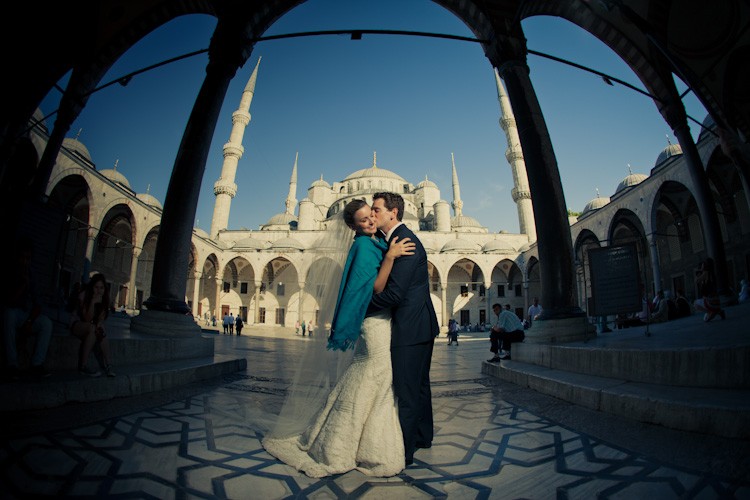
(Português)
Anderson, você é o primeiro X Photographer brasileiro que entrevisto. Conte-nos um pouco de sua história com a Fujifilm, e como foi sua mudança para mirrorless.
Tive meu primeiro contato com a X100 em 2013 e me encantei, principalmente pelo estilo retrô e pela excelente imagem. Comprei uma X100s e comecei a levar nos ensaios e casamentos, mas sem a pretensão de usá-la muito. O resultado das imagens me surpreendeu muito e não demorou para eu adquirir uma XE-2 com algumas lentes e posteriormente a XT-1. Me conquistou pela qualidade de imagem, pela praticidade, por ser mais leve e compacta, lentes excelentes e custo/benefício muito bom. Além, é claro, de ter um estilo retrô e despertar curiosidade de muita gente 🙂
Você é um fotógrafo que, como muitos que conheço, tem origem na área de Tecnologia de Informação. Quais as influências positivas e negativas dessa sua origem?
Facilidade de lidar com ferramentas, como softwares, principalmente, eu diria que me ajudou bastante. Ter a flexibilidade de fazer meu próprio site, alterar como desejar, sem depender de terceiros foi uma grande vantagem no inicio, quando pude testar muitas possibilidades rapidamente. Outro ponto positivo de ter formação em Exatas é a facilidade de absorver a parte técnica da fotografia. Como sou auto-didata desde sempre, procuro compensar a minha falta de formação em Humanas ou Artes lendo e observando muito, mas confesso que isto faz com que meu processo criativo seja mais intuitivo, sem muito embasamento teórico.
Como foi a sua experiência de mudar-se de São Paulo para mercados tão diferentes como Florianópolis e Curitiba, quais foram suas principais estratégias para conseguir sucesso nessas praças.
Mudanças não são fáceis. Requer esforço e adaptação. O motivo da mudança para Florianópolis foi uma vontade de sair de SP, lá a fotografia foi acontecendo, por assim dizer. Depois de 6 anos, eu quis respirar outros ares, ter novos desafios e o mercado fotográfico de Curitiba, que é bem diferente do de Floripa, me atraiu bastante.
O seu retorno a área de TI deu-se pela criação do PhotoManager. Conte-nos um pouco dessa experiência.
Desde meu primeiro site de fotografo, eu tinha um sistema que eu desenvolvi para captar orçamentos que aos poucos fui melhorando. Mas quando mudei para Curitiba, eu fiquei com Studio em Floripa também e estava complicado administrar tudo com planilhas. Comecei a desenvolver algo que eu pudesse controlar melhor minha produção e financeiro. Integrei tudo. Depois que alguns amigos viram e também quiseram usar, nasceu o PhotoManager. Atualmente é o mais completo sistema de gestão brasileiro de studios fotográficos, com quase 3000 studios e fotógrafos usando-o diariamente.
Quais são seus próximos planos para o PhotoManager? E consequentemente seus próximos planos como fotógrafo.
2016 será um ano cheio de desafios para mim. Me mudarei para a Espanha e de lá vamos continuar administrando o PhotoManager no Brasil e lançar a versão em Inglês e Espanhol. Também planejo continuar fotografando, mas darei ênfase a ensaios fotográficos de casais e família na Europa.
